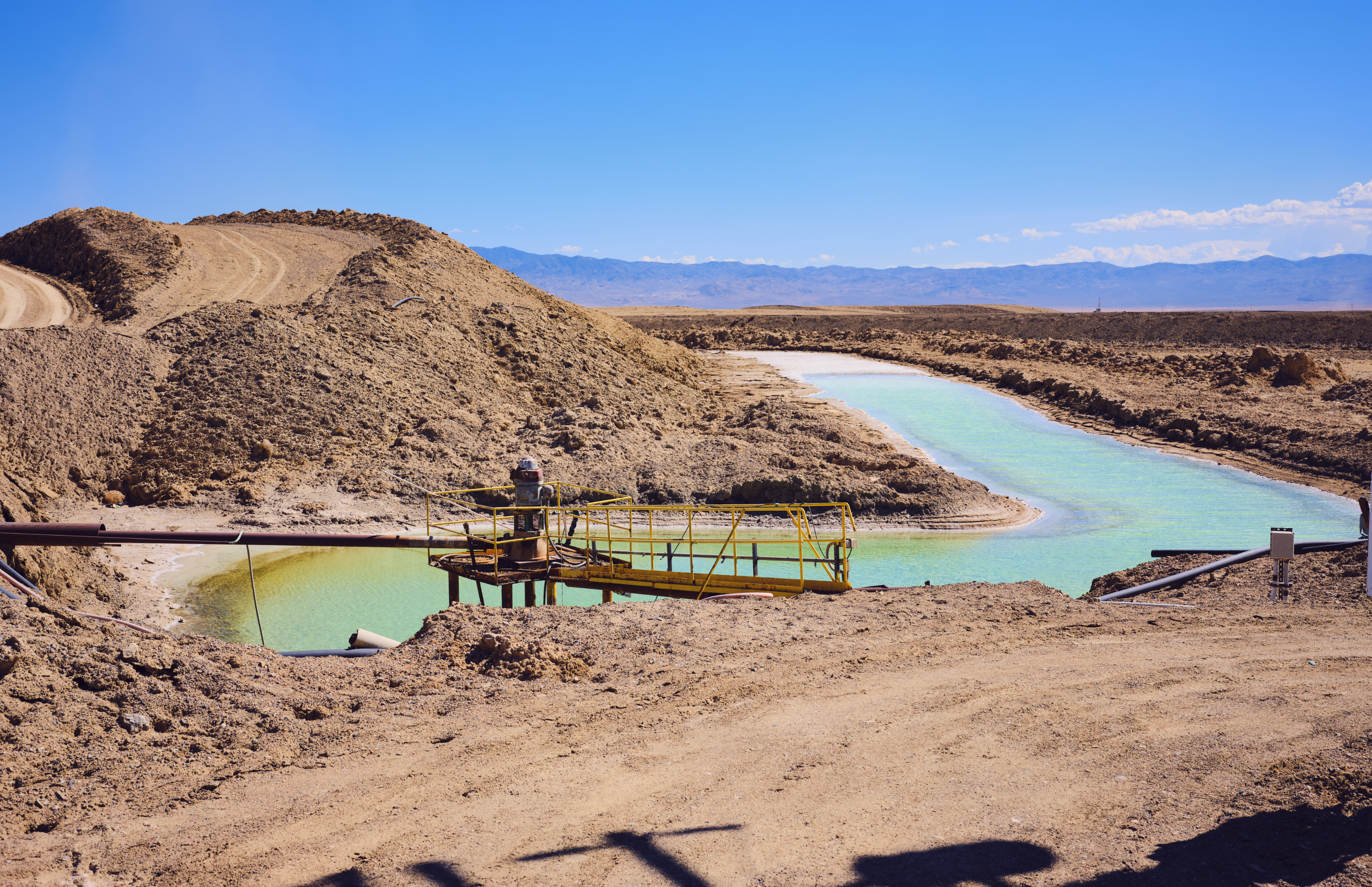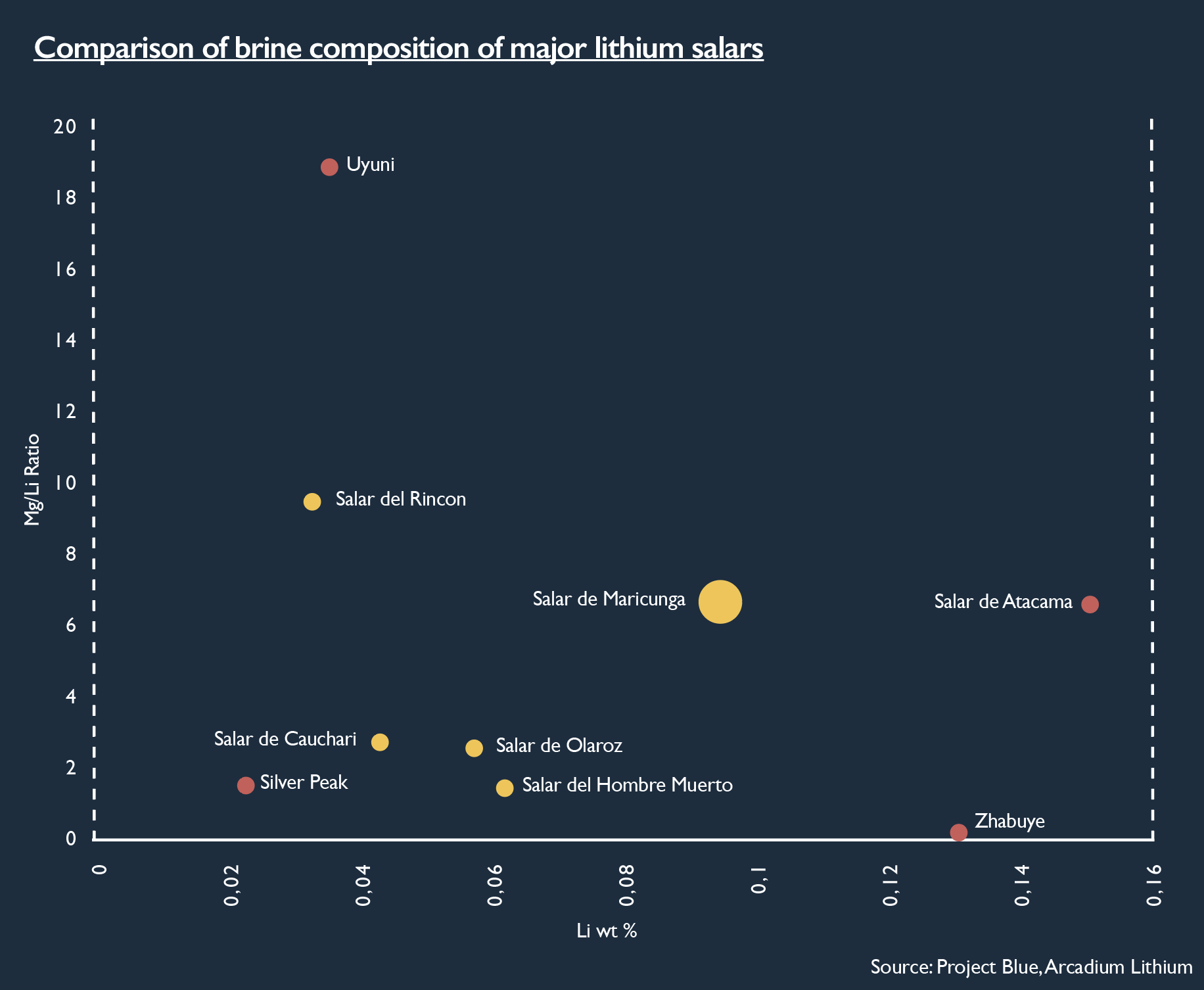Rio Tinto to jointly develop a lithium project in the Salar de Maricunga with CODELCO
News Analysis

22
May
2025
Rio Tinto to jointly develop a lithium project in the Salar de Maricunga with CODELCO
Rio doubles down on brines in the lithium triangle with its latest foray into the lithium market, which could see a total investment of US$900M should the project reach first production by the end of 2030.
Rio Tinto will invest up to US$900M to acquire a 49.9% stake in Salar de Maricunga, the entity through which Codelco holds its licences and mining concessions to the Maricunga salar tenements. Rio Tinto states that the Maricunga salar is an attractive resource due to its high lithium content, while others also highlight its aquifer characteristics, favourable Mg/Li ratio and low SO4 content.

The investment is structured in three phases, including US$350M upon closing of the transaction, a further US$500M following a successful final investment decision and an additional US$50M if first marketable lithium production is achieved prior to 31 December 2030. The partners will fund further capital requirements in line with their share of ownership of the joint venture.
The Maricunga project was previously being developed by Lithium Power International before Salar de Maricunga acquired Lithium Power International from Minera Salar Blanco and others for approximately A$385M (US$244M) on 14 March 2024. The updated DFS published in January 2022 envisaged a traditional evaporation pond flowsheet, producing 15.2ktpy of lithium carbonate over a 20-year mine-life.
In a departure from the previous plans, Rio Tinto will utilise Direct Lithium Extraction (DLE) technology, aiming for scalable, long-life, and low-cost production. This is in part due to the brine chemistry at Maricunga, which has a Ca/Li ratio approximately nine times greater than other comparable salars. Were a more traditional solar evaporation route used, this would potentially have a direct impact on brine yield and reagent consumption.
Utilising DLE will allow Rio Tinto to skip pond-based limitations proposed by the previous studies while simultaneously minimising water consumption and environmental footprint. However, DLE flowsheets must be tailored to each resource, and thus far, other brine projects utilising DLE have struggled to hit production targets and experienced cost blowouts as the technology is adapted for commercial use.